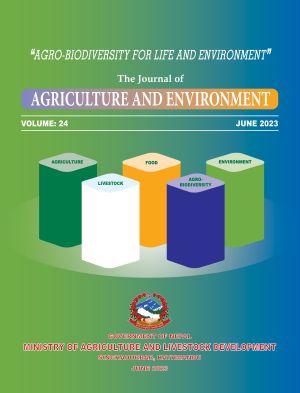Sustainable Rice Industry in Nepal: Comparative Analysis with South Asia
DOI:
https://doi.org/10.3126/aej.v24i01.58199Keywords:
Food security, price policy, rice, subsidyAbstract
Rice, a prime crop in Nepal and other South Asian nations, plays a crucial role in ensuring food security and socio-economic development. In Nepal’s agricultural sector, rice accounts for the largest share of the Agricultural Gross Domestic Product (AGDP), comprising approximately 20%. However, the absence of appropriate policies poses a significant challenge to the sustainable production of rice in Nepal. This study aims to assess the various policy dimensions of the sustainable rice industry in Nepal and compare them with the policy implications in neighboring South Asian countries such as India, Pakistan, and Bangladesh. The study draws on secondary sources of information for its analysis. The findings reveal that Nepal lacks a comprehensive rice policy, while its existing agriculture policy is characterized by confusion and contradictions. To attain self-sufficiency in food production, it is imperative to establish a comprehensive rice policy in Nepal and implement price subsidies on diverse inputs, as observed in neighboring countries which will ultimately contribute to enhancing the sustainability of the rice industry and promote the goal of food self-sufficiency in Nepal.




